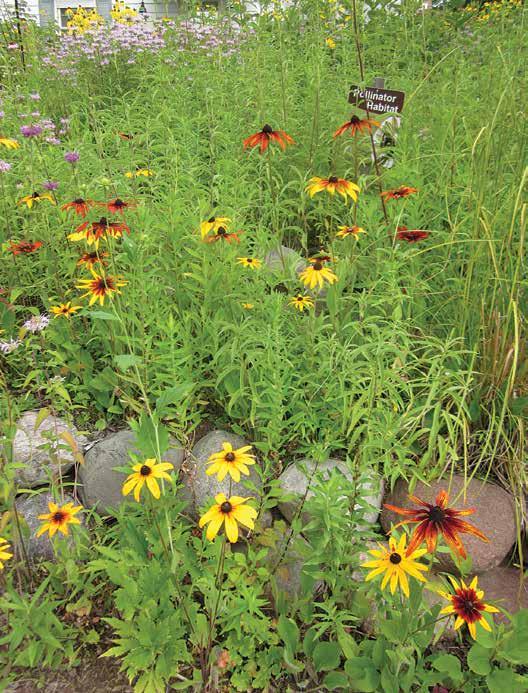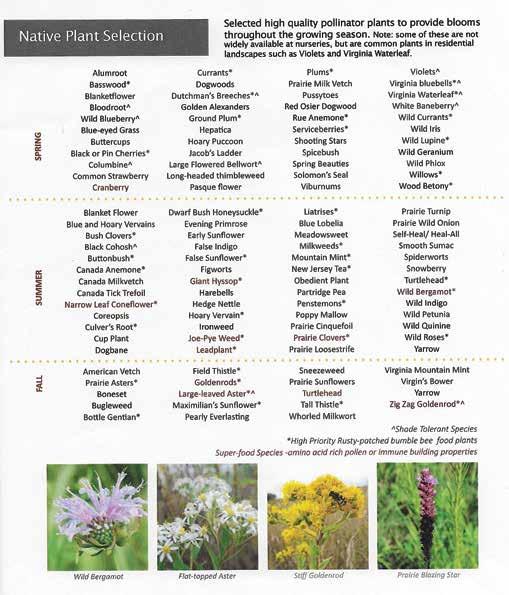
1 minute read
How to plant your own butterfly garden
Tips from President of Duluth Monarch Buddies
By Abigail Blonigen
Monarch butterflies are not only a beautiful summer sight, but also an essential pollinator for the health of gardens and food systems.
Duluth Monarch Buddies is a local nonprofit organization that came together in 2015 to educate the public on monarch habitat loss and encourage folks to plant milkweed and native pollinator plants.
The Woman Today chatted with Duluth Monarch Buddies president Cathy Wood about how gardeners can help monarchs as they make their journey along the Central Flyway from Mexico on north.
“It’s really essential that we provide the native pollinator plants that will provide the nectar that those butterflies need when they get here,” Wood said. “When butterflies get here in the spring, they need the nectar right away, and they have their generation through the summer. Then in the fall, they have their super generation of monarchs that will fly back to Mexico, and they need to ‘beef up’ here.”
Below are Wood’s tips on how to plant a pollinator garden to help these butterflies on their journey.
First, select the location of your garden. Take into consideration the site conditions, including soil type and sun exposure. Prepare the area by removing grass, adding compost and getting rid of invasive species. Pesticides are a death sentence for pollinators, so remove weeds or cover them instead of using chemicals.
Once you have the location selected, create the design. It is best for pollinators to have flowers that bloom all season long, so stagger your planting accordingly. According to Wood, it is also best practice to plant natives in groups of at least three, so there are a number of flowers to draw pollinators in.
The rest of the design depends on your budget and your style. You can create a garden that appears wild or more polished. You can incorporate different colors, heights and textures, as well as brush and grasses so the area isn’t bare in the winter months.
Pollinators tend to love native flowering plants. Wood specifically recommends goldenrod, asters, Blazing Star and Beebalms.

Milkweed is of course essential for monarch butterflies — they will only lay their eggs on milkweed plants and the caterpillars rely on them for a food source. Since certain milkweed varieties can be a bit tall and aggressive, Wood suggests planting near a shed, alley or fence line.
Duluth Monarch Buddies is hosting a Pollinator MarketPlace from 10 a.m. to 2 p.m. Saturday, June 11, at First United Methodist Church — Coppertop Church. There will be free milkweed seeds available for community members to take, as well as native plants available for sale, children’s activities and informational booths.










